Home>Furniture & Design>Outdoor Furniture>How To Put Out Outdoor Fire Pit
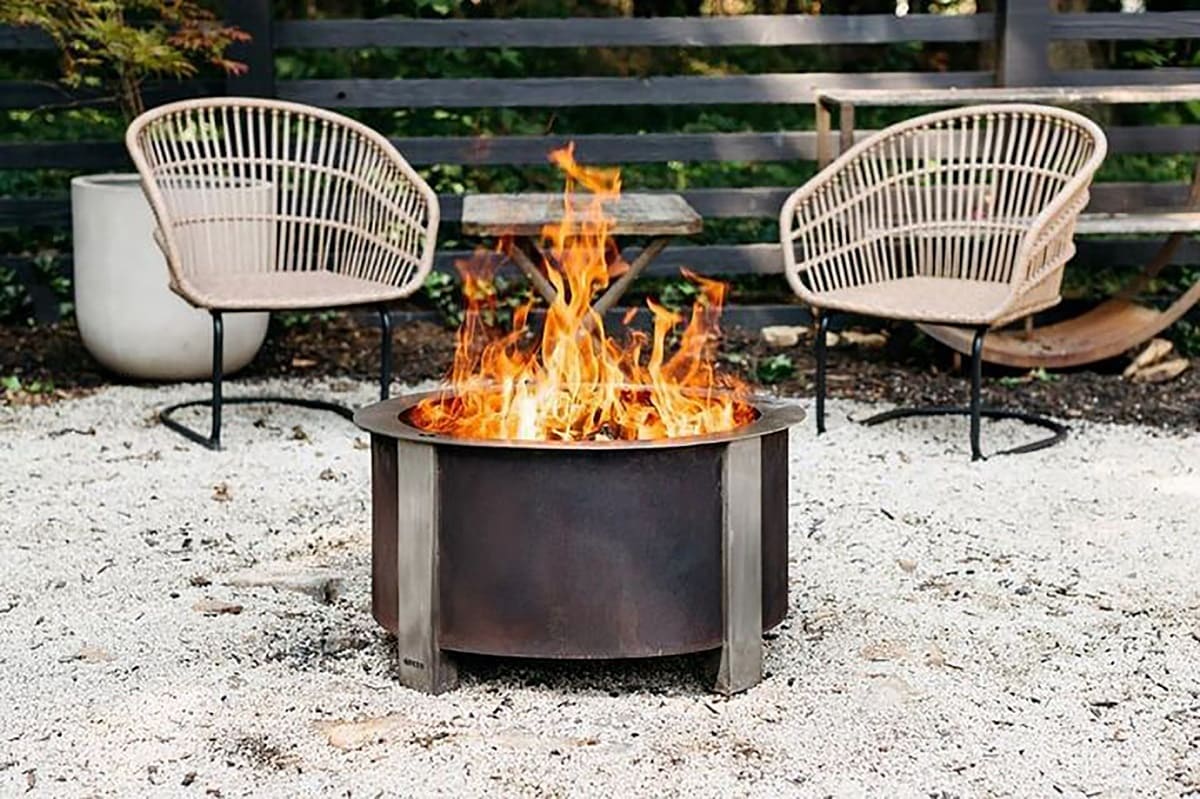

Outdoor Furniture
How To Put Out Outdoor Fire Pit
Modified: February 18, 2024
Learn how to safely extinguish an outdoor fire pit with our expert tips and recommendations. Keep your outdoor furniture, furniture, and design safe and protected.
(Many of the links in this article redirect to a specific reviewed product. Your purchase of these products through affiliate links helps to generate commission for Storables.com, at no extra cost. Learn more)
Introduction
Outdoor fire pits are a wonderful addition to any backyard, providing warmth, ambiance, and a cozy gathering spot for friends and family. Whether you're roasting marshmallows, enjoying a quiet evening under the stars, or simply unwinding after a long day, a fire pit can elevate your outdoor living space. However, it's crucial to understand the proper techniques for extinguishing a fire pit to ensure safety and prevent potential hazards. In this guide, we'll delve into the essential steps for safely putting out an outdoor fire pit, allowing you to enjoy your outdoor oasis with peace of mind.
Before we dive into the specifics, it's important to emphasize that safety should always be the top priority when dealing with fire. Whether you have a wood-burning fire pit, a gas-fueled model, or a portable fire pit, taking the necessary precautions is paramount. By following the guidelines outlined in this article, you'll not only protect yourself and your property but also contribute to the preservation of the natural environment.
Now, let's explore the fundamental measures and materials required to safely extinguish an outdoor fire pit, empowering you to make the most of this beloved outdoor feature without compromising safety.
Key Takeaways:
- Always prioritize safety when dealing with outdoor fire pits. Clear the area, gather water and a fire extinguisher, and follow proper extinguishing techniques to ensure a secure and enjoyable outdoor space.
- By following safety precautions and monitoring the fire pit, you can confidently and effectively extinguish your outdoor fire pit, fostering a secure and enjoyable outdoor space for all to appreciate.
Read more: How To Put Out A Solo Fire Pit
Safety Precautions
Before attempting to extinguish an outdoor fire pit, it’s crucial to prioritize safety and take the necessary precautions to minimize risks. Here are some essential safety measures to keep in mind:
- Protective Gear: Wear heat-resistant gloves and eye protection when handling the fire pit to shield yourself from potential sparks and heat.
- Clear the Surrounding Area: Ensure that the area around the fire pit is free of any flammable materials, such as dry leaves, twigs, or paper. This helps prevent the spread of fire and minimizes the risk of accidental ignition.
- Keep a Safe Distance: Maintain a safe distance from the fire pit while extinguishing the flames to avoid direct exposure to heat and smoke.
- Check Local Regulations: Familiarize yourself with local regulations and guidelines regarding outdoor fires, including any restrictions on burning certain materials or specific times when fires are prohibited.
- Supervise Pets and Children: If pets or children are present, ensure that they are a safe distance away from the fire pit and under close supervision to prevent accidents or injuries.
By adhering to these safety precautions, you can create a secure environment for extinguishing the fire pit while minimizing potential hazards and ensuring the well-being of everyone in the vicinity.
Materials Needed
Before embarking on the process of extinguishing an outdoor fire pit, it’s essential to gather the appropriate materials to facilitate a safe and efficient extinguishing process. Here are the key materials you’ll need:
- Water Source: Ensure access to a sufficient water supply, such as a garden hose connected to a water source or a large bucket of water. Water serves as a primary extinguishing agent for dousing the flames and cooling the embers.
- Fire Extinguisher: Having a fire extinguisher rated for Class A fires, which involve common combustible materials such as wood and paper, is advisable for added safety and rapid fire suppression if needed.
- Shovel or Tongs: A sturdy shovel or a pair of long-handled tongs can be useful for manipulating burning logs and embers, allowing you to reposition them and facilitate the extinguishing process without direct contact.
- Heat-Resistant Gloves: To protect your hands from heat and potential sparks, wear heat-resistant gloves designed for fire-related activities.
- Bucket of Sand: Keeping a bucket of sand nearby can provide an alternative extinguishing method, especially for portable fire pits or instances where water may not be readily available.
By ensuring that these materials are readily available before starting a fire in your outdoor pit, you can effectively mitigate potential fire hazards and be well-prepared to extinguish the fire safely and responsibly.
Step 1: Prepare the Area
Prior to extinguishing the outdoor fire pit, it’s important to prepare the surrounding area to create a safe and controlled environment for the process. Follow these essential steps to prepare the area effectively:
- Clear Debris: Remove any debris, such as fallen leaves, twigs, or other flammable materials, from the immediate vicinity of the fire pit. This helps prevent accidental ignition and minimizes the risk of stray embers igniting nearby objects.
- Secure Flammable Items: Safely store or move any flammable items, such as outdoor furniture cushions, decorative fabrics, or gas canisters, away from the fire pit to prevent potential exposure to heat or sparks.
- Establish a Perimeter: Define a clear perimeter around the fire pit to restrict access and ensure that individuals and pets maintain a safe distance during the extinguishing process.
- Position Water and Extinguishing Equipment: Place the water source, fire extinguisher, shovel, and any other necessary equipment within close reach of the fire pit, ensuring easy access in case of emergency.
- Check Wind Conditions: Assess the direction and strength of the wind to anticipate the behavior of the fire and smoke. Position yourself and the extinguishing equipment upwind of the fire to avoid exposure to smoke and heat.
By meticulously preparing the area surrounding the fire pit, you can create a secure and controlled environment for the subsequent steps of extinguishing the fire, minimizing the risk of accidents and ensuring a smooth and safe process.
Always keep a bucket of water, a fire extinguisher, or a shovel nearby when using an outdoor fire pit. In case of an emergency, use these tools to quickly and safely put out the fire.
Step 2: Gather Water and Fire Extinguisher
As you prepare to extinguish the outdoor fire pit, it’s essential to gather the primary extinguishing materials, namely water and a fire extinguisher, to ensure that you’re equipped to address the fire effectively. Follow these key steps to gather the necessary resources:
- Retrieve Water Source: If using a garden hose, ensure that it is connected to a water supply and readily accessible. For a bucket of water, have it positioned nearby and easily reachable for immediate use.
- Inspect the Fire Extinguisher: Verify that the fire extinguisher is easily accessible and in good working condition. Check the pressure gauge to ensure that it is within the recommended range and that the extinguisher shows no signs of damage or deterioration.
- Confirm Extinguisher Type: Ensure that the fire extinguisher is suitable for Class A fires, which involve common combustible materials such as wood and paper, making it appropriate for addressing fires in outdoor fire pits.
- Position Equipment Near the Fire Pit: Place the water source and fire extinguisher within close reach of the fire pit, ensuring that they are positioned in a way that allows for quick and unobstructed access during the extinguishing process.
By gathering water and a fire extinguisher and positioning them strategically near the fire pit, you can proactively prepare for the next steps of extinguishing the fire, ensuring that you have the necessary resources readily available to address the situation promptly and effectively.
Read more: How To Put Out A Fire Pit Without Water?
Step 3: Smother the Fire
Once you have prepared the area and gathered the essential extinguishing materials, it’s time to proceed with smothering the fire in the outdoor pit. Follow these crucial steps to effectively smother the flames and embers:
- Apply Water Methodically: Begin by carefully pouring water over the burning logs and embers, starting from the outer edges of the fire and working towards the center. Use a steady and controlled stream of water to thoroughly douse the flames and cool the hot coals.
- Monitor the Embers: After applying water, use a shovel or long-handled tongs to gently stir and spread the embers, ensuring that all areas are adequately soaked and cooled. Continue adding water as needed to fully extinguish any remaining hot spots.
- Observe for Smoke and Steam: As you smother the fire with water, observe the behavior of the smoke and steam. If smoke continues to rise or steam rapidly dissipates, it indicates that the embers may still be hot and require further dousing.
- Avoid Excessive Water: While thorough dousing is essential, avoid using an excessive amount of water, as this can create unnecessary runoff and muddy patches in the surrounding area. Aim for a controlled and sufficient application of water to extinguish the fire effectively.
- Use Sand as an Alternative: If water is not readily available or if you prefer an alternative method, consider using a bucket of sand to smother the fire. Carefully pour the sand over the flames and embers, spreading it evenly to suppress the fire and cool the hot coals.
By methodically smothering the fire with water and monitoring the embers closely, you can ensure that the fire is fully extinguished, minimizing the risk of re-ignition and creating a safe environment for everyone in the vicinity.
Step 4: Monitor the Pit
After smothering the fire and ensuring that the flames and embers are fully extinguished, it’s crucial to monitor the outdoor fire pit to prevent any potential re-ignition and ensure that the area remains safe. Here are the key steps to effectively monitor the pit:
- Observe for Lingering Embers: After extinguishing the fire, carefully observe the pit for any lingering embers or hot spots. Use a shovel or tongs to gently separate the embers and check for residual heat, ensuring that no areas continue to smolder.
- Feel for Heat: Use the back of your hand to feel for any remaining heat emanating from the ashes and embers. If you detect warmth, continue to add water or sand as needed to cool the area thoroughly.
- Restrict Access: Maintain a restricted access zone around the fire pit, preventing individuals and pets from approaching the area until you are certain that all embers are completely extinguished and the pit has cooled down.
- Dispose of Ashes Safely: Once the pit has cooled, carefully dispose of the ashes in a designated fire-safe container, ensuring that they are fully extinguished before final disposal. Avoid dispersing ashes in windy conditions to prevent accidental ignition.
- Secure the Pit: After ensuring that the fire pit is completely extinguished and cool, securely cover it with a fitted lid or fireproof covering to prevent debris, rain, or wildlife from entering the pit and potentially causing hazards.
By diligently monitoring the fire pit and taking proactive measures to prevent re-ignition, you can effectively conclude the extinguishing process, ensuring that the area remains safe and secure until the next use of the outdoor fire pit.
Conclusion
Extinguishing an outdoor fire pit is a vital aspect of responsible fire management, ensuring the safety of individuals and the preservation of the surrounding environment. By following the comprehensive steps outlined in this guide, you can confidently and effectively extinguish your outdoor fire pit, fostering a secure and enjoyable outdoor space for all to appreciate.
From the initial preparations and gathering of essential materials to the meticulous smothering of the fire and vigilant monitoring of the pit, each step contributes to a thorough and responsible approach to fire safety. By prioritizing safety precautions, such as clearing the area, gathering water and a fire extinguisher, and implementing proper extinguishing techniques, you can mitigate potential fire hazards and promote a secure environment for outdoor gatherings and relaxation.
Remember that safety should always be the top priority when dealing with fire, and it’s essential to stay informed about local regulations and guidelines regarding outdoor fires. By adhering to these guidelines and exercising caution, you can enjoy the warmth and ambiance of your outdoor fire pit while minimizing risks and contributing to a safe and sustainable outdoor living space.
By taking these proactive measures and staying attentive to fire safety practices, you can savor the enchanting allure of your outdoor fire pit with confidence, knowing that you have the knowledge and tools to extinguish the flames responsibly and safely.
Frequently Asked Questions about How To Put Out Outdoor Fire Pit
Was this page helpful?
At Storables.com, we guarantee accurate and reliable information. Our content, validated by Expert Board Contributors, is crafted following stringent Editorial Policies. We're committed to providing you with well-researched, expert-backed insights for all your informational needs.
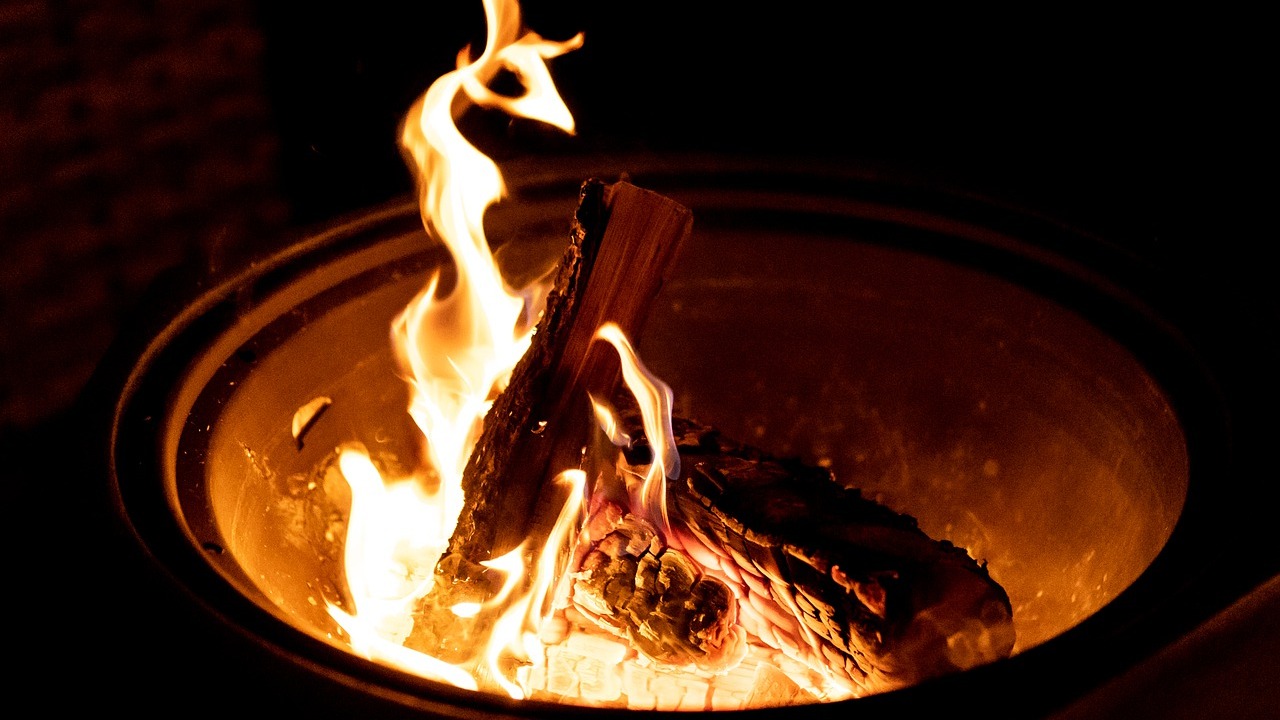

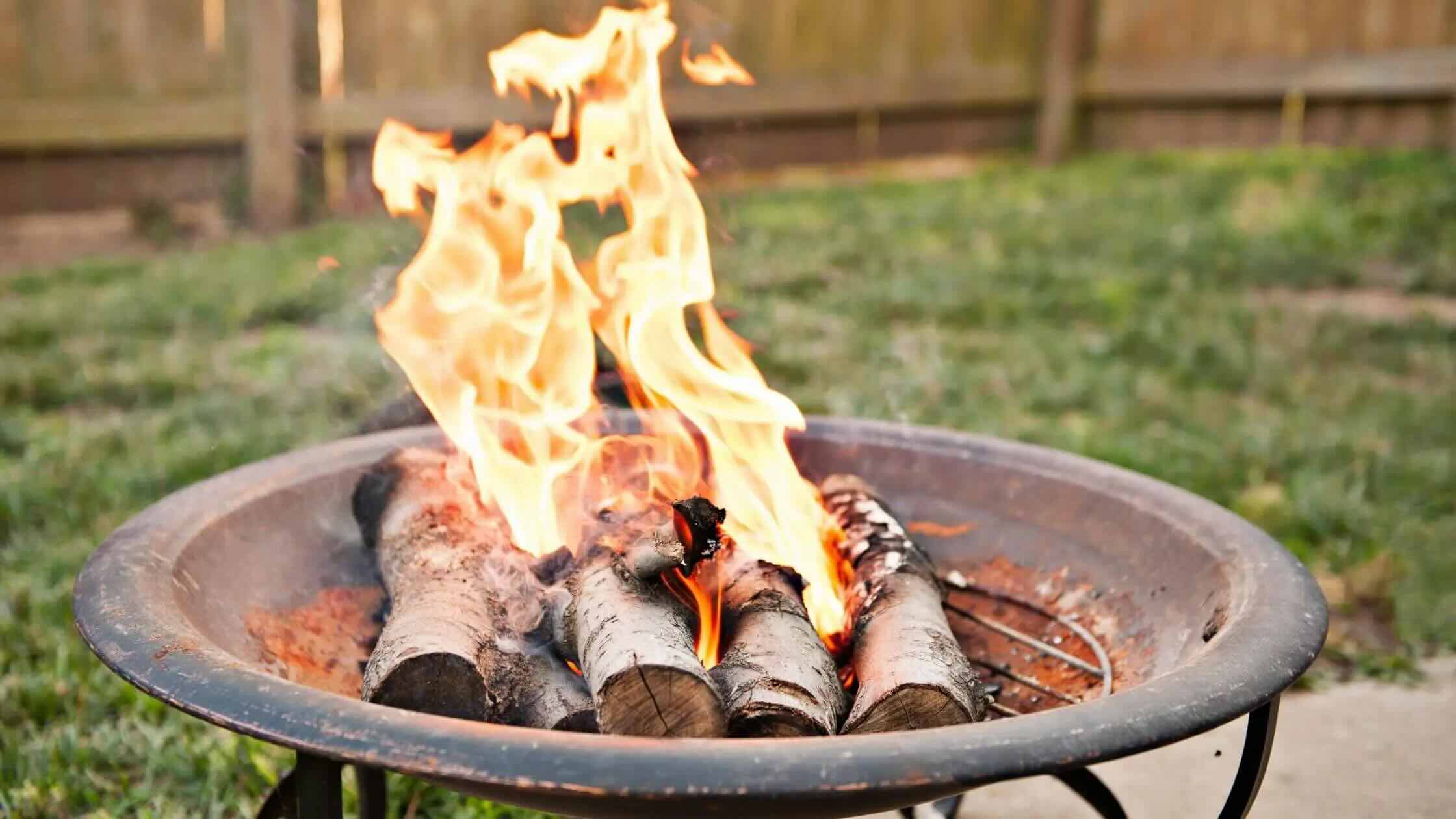
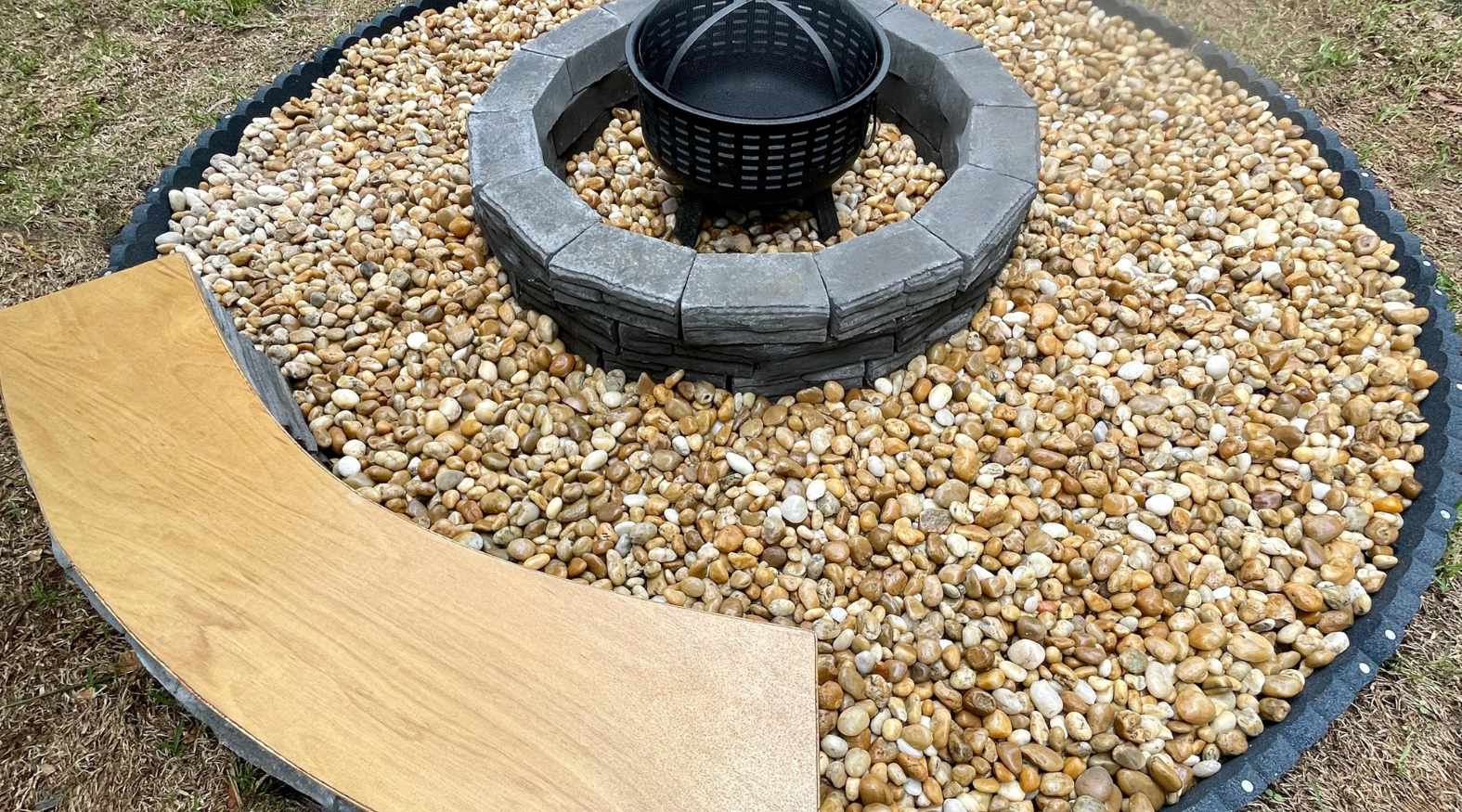
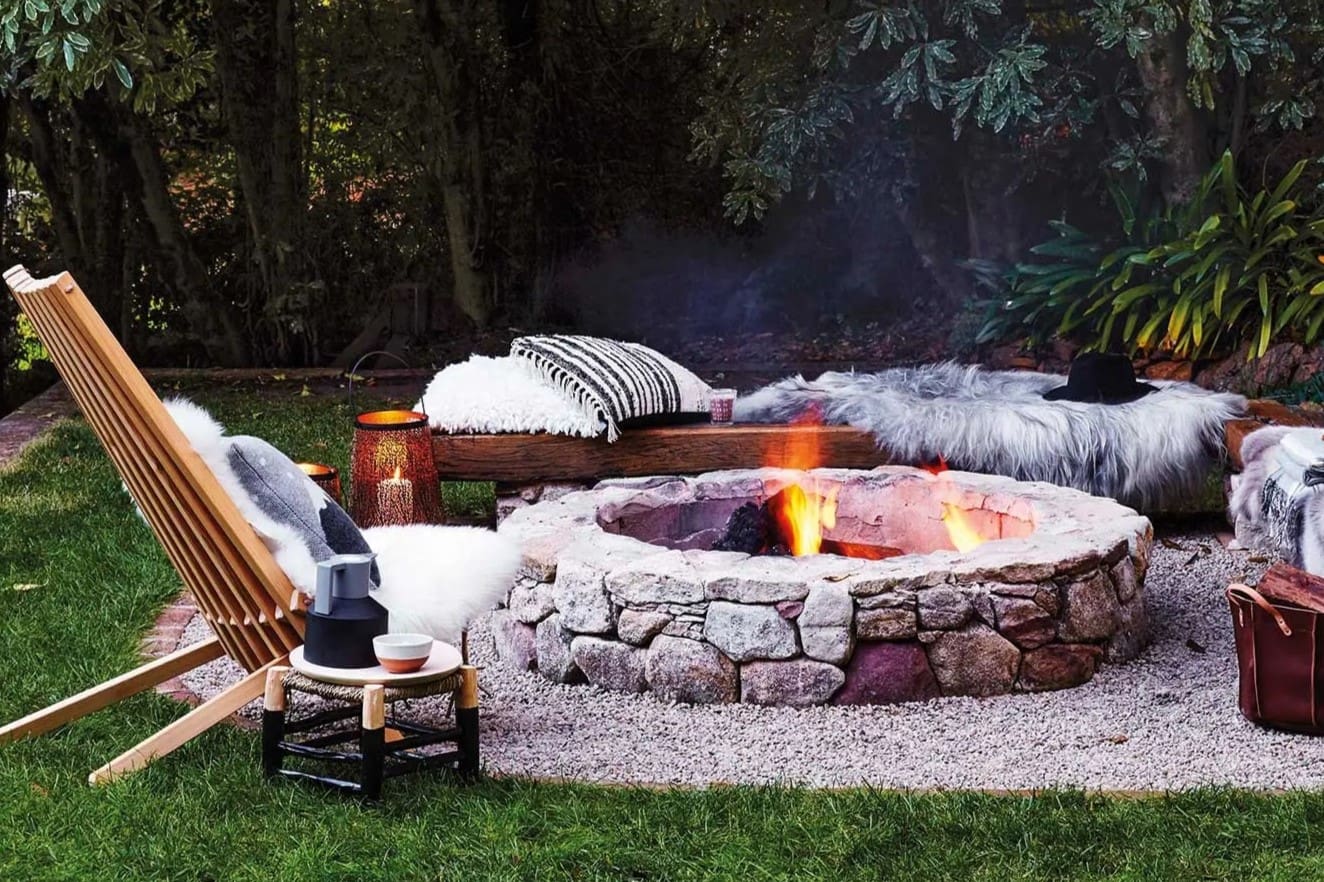
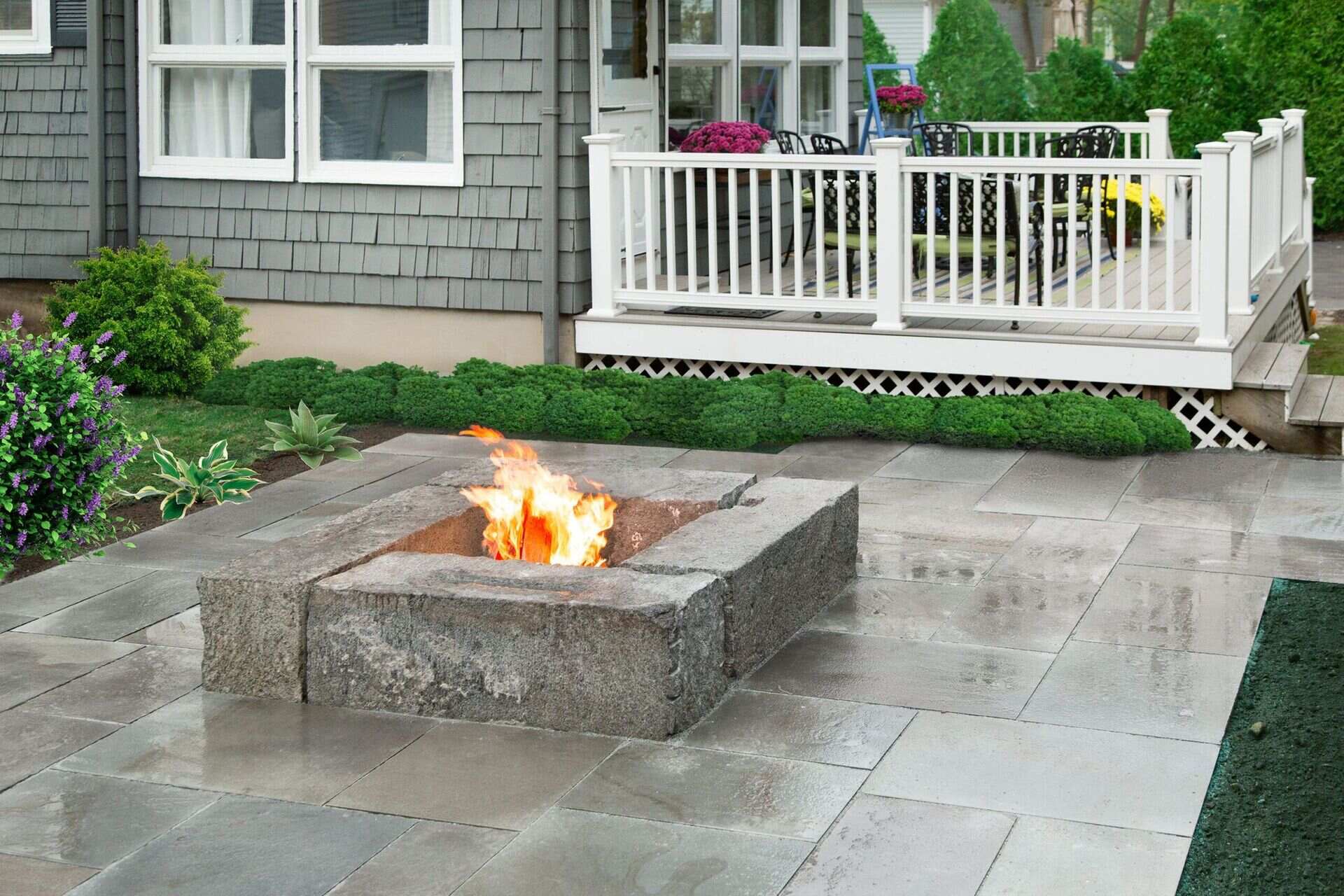
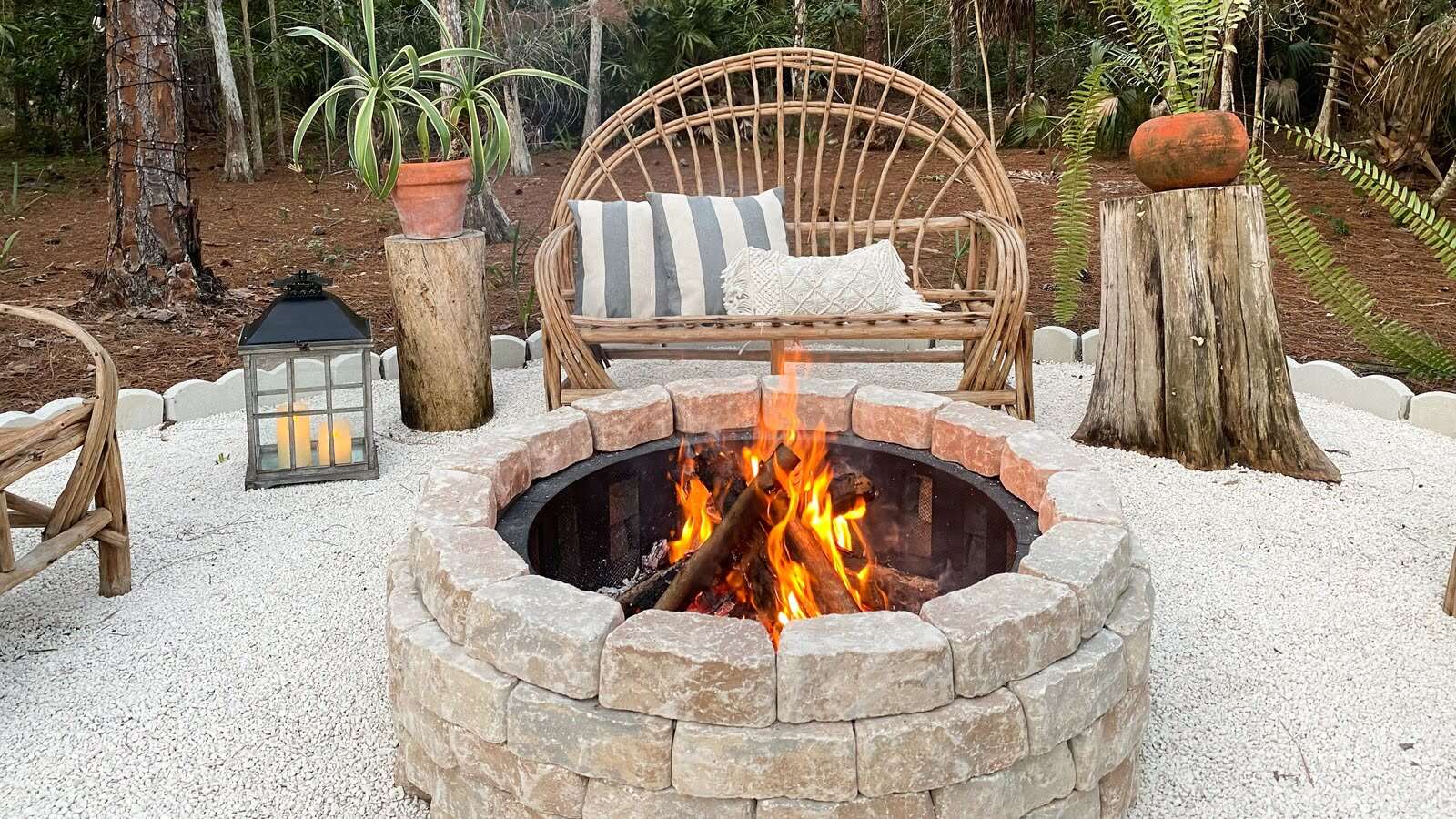

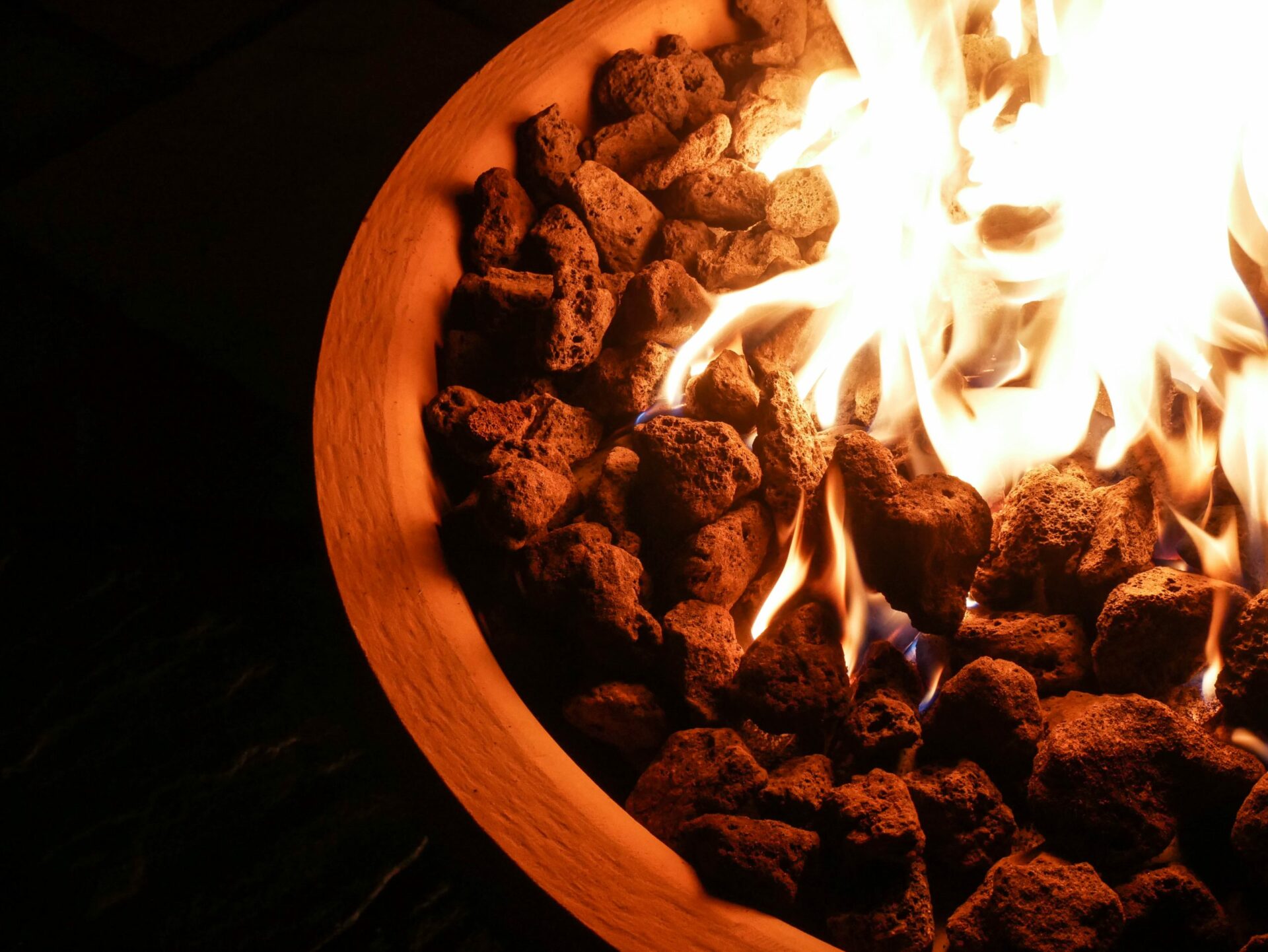
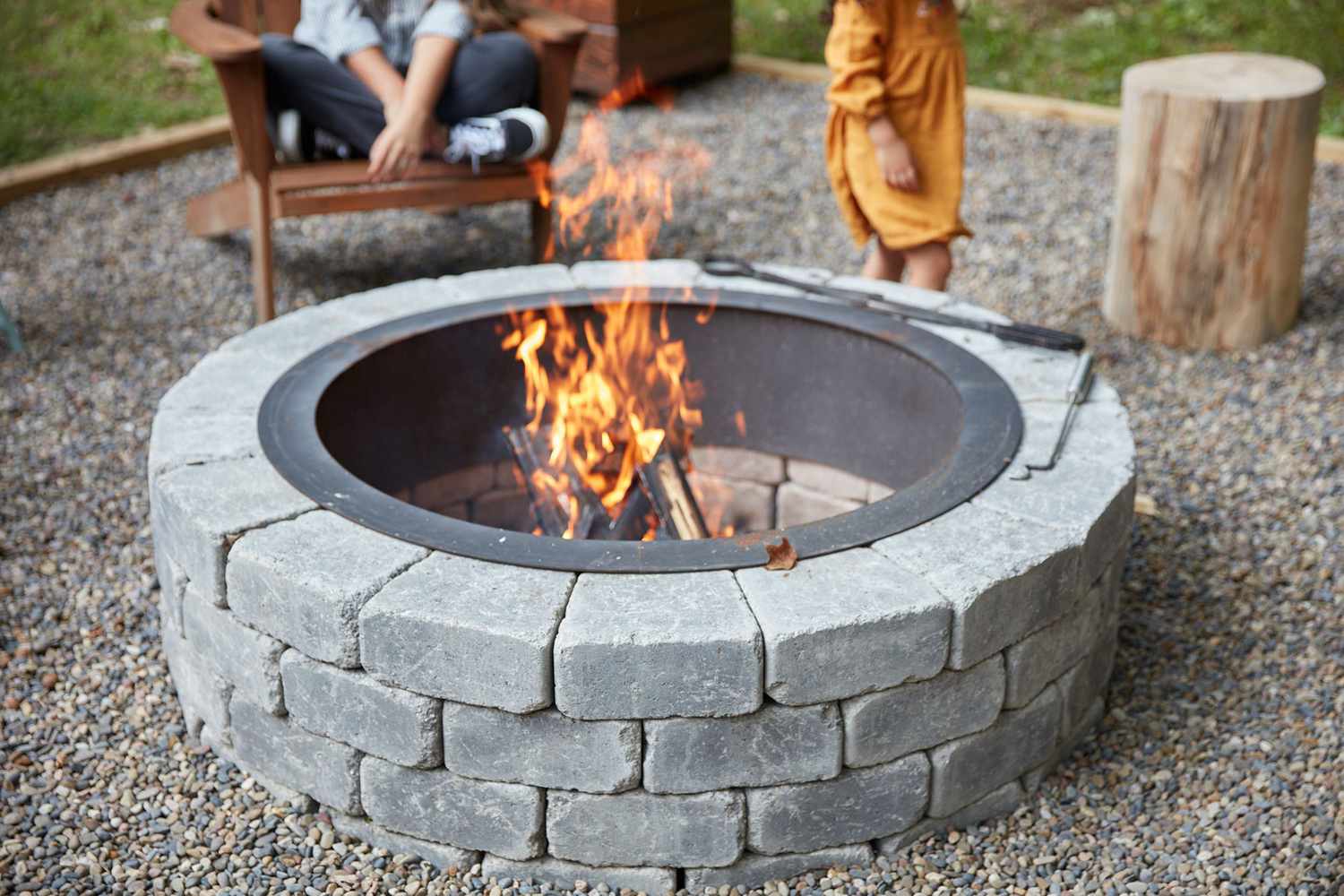
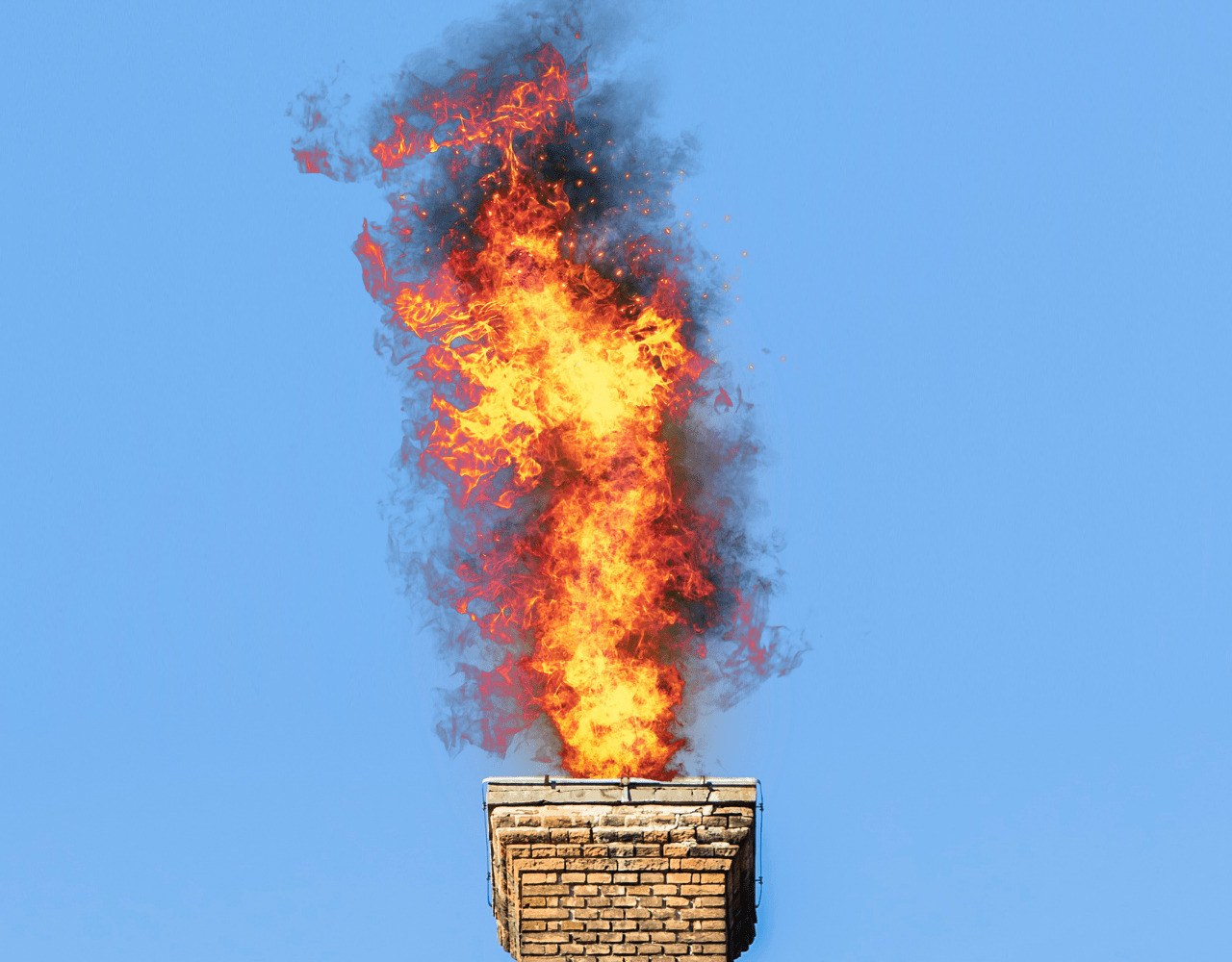
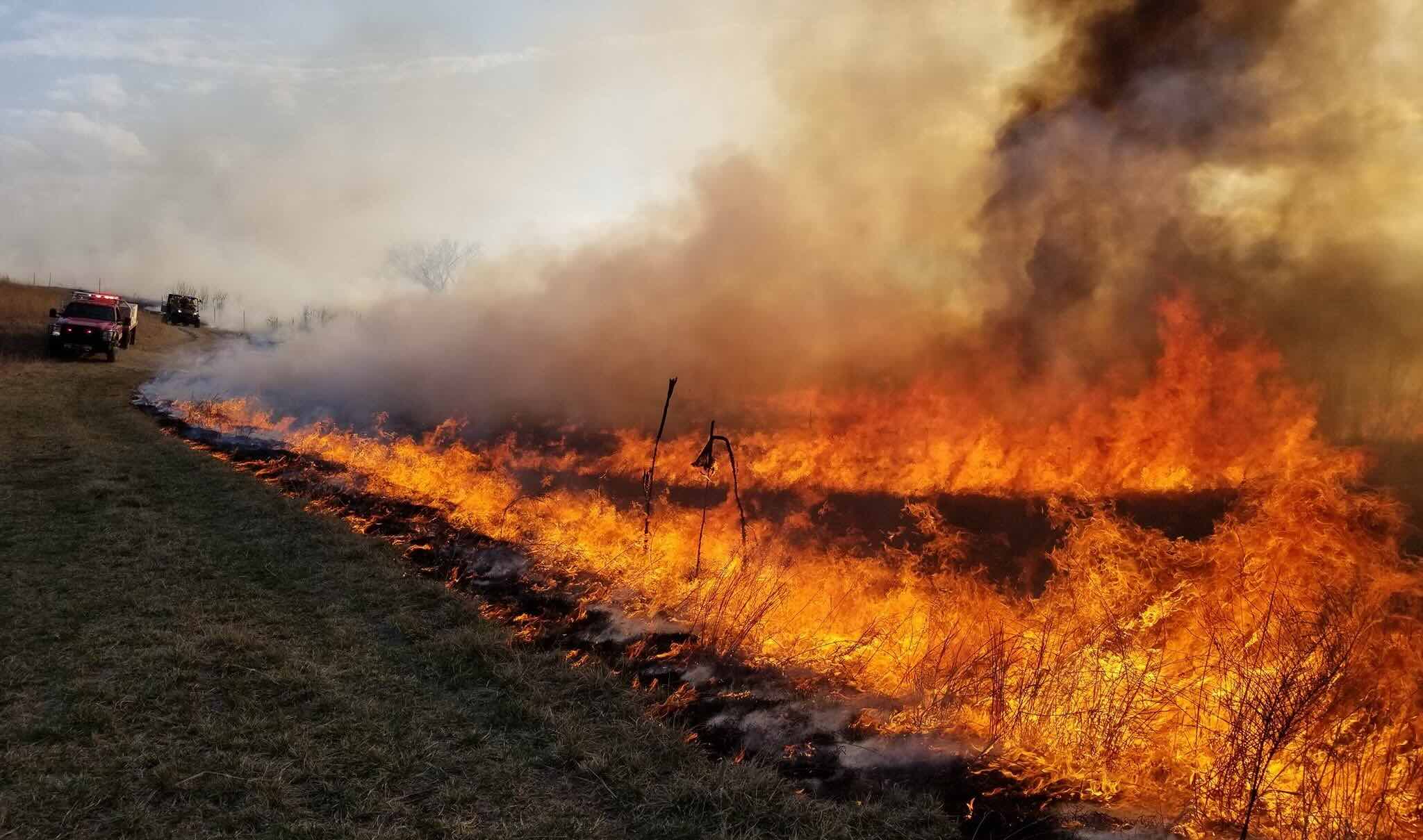
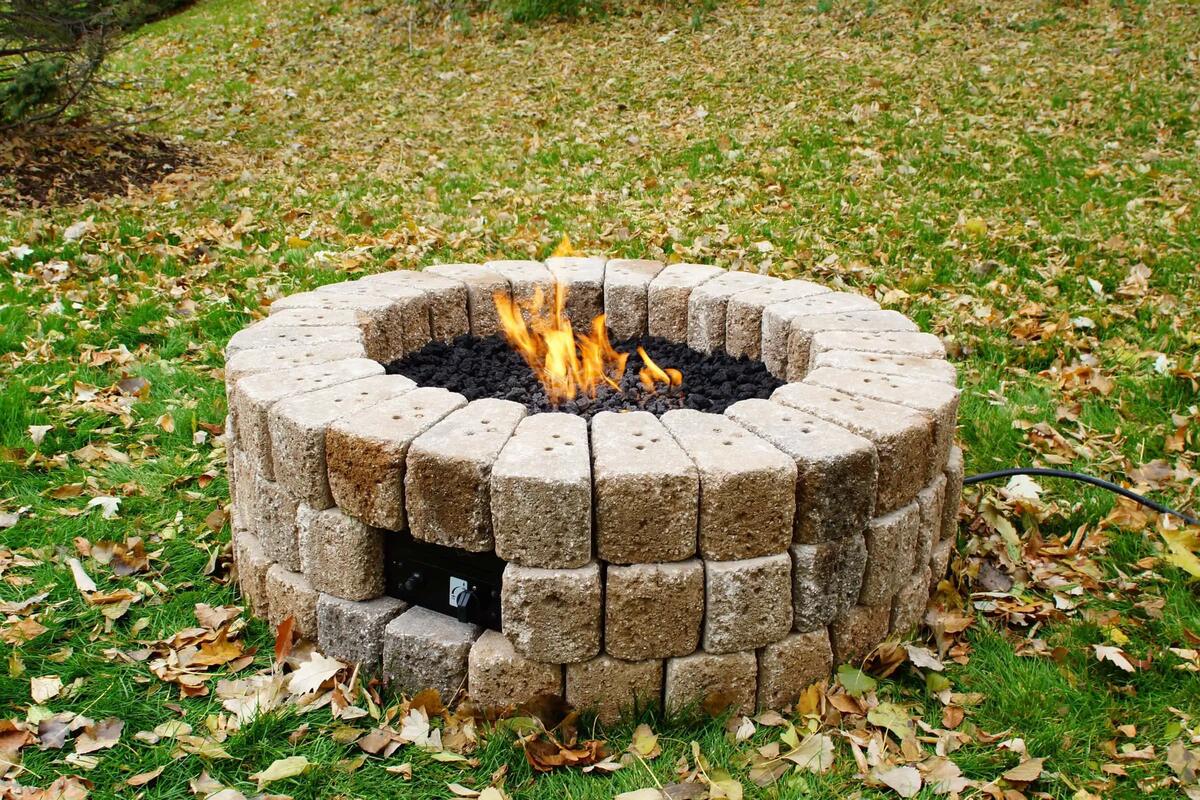
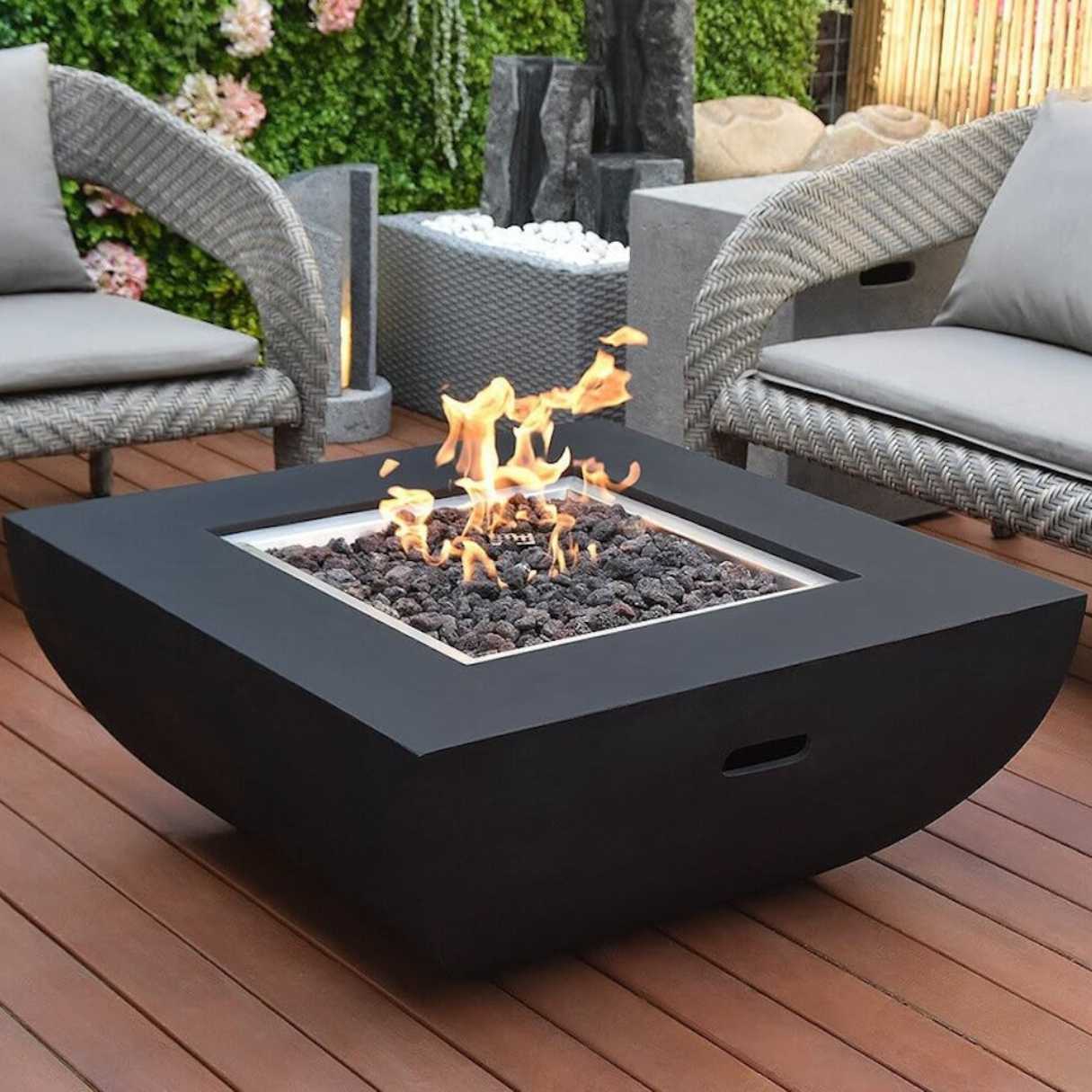

0 thoughts on “How To Put Out Outdoor Fire Pit”